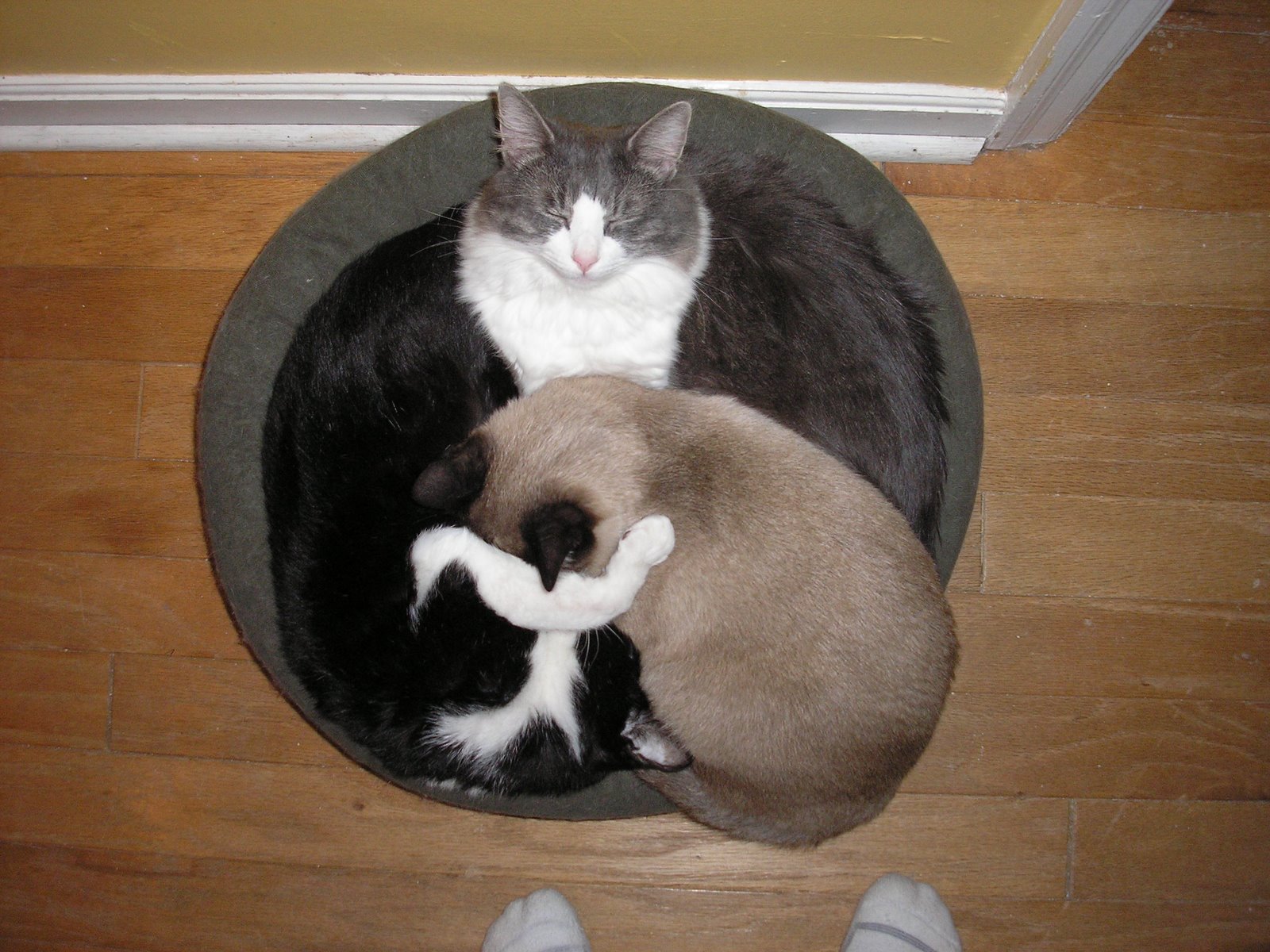And Duncan Watts mentions aggregation in the first chapter of Six Degrees: The Science of a Connected Age, in which he asks the basic question informing the book:
How does individual behavior aggregate to collective behavior?
One piece of that puzzle: they become a collective through action, specifically through interaction:
Although genes, like people, exist as identifiably individual units, they function by interacting, and the corresponding patterns of interaction can display almost unlimited complexity.
The emergence of collective behavior, then, comes about through the way in which individuals interact:
the particular manner in which they interact can have profound consequences for the sorts of new phenomena--from population genetics to global synchrony to political revolutions--that can emerge at the level of groups, systems, and populations. (27)
This is why I would say that insofar as rhetoric folks want to study social action, they should be studying networks. Of course, I know only a tiny bit about the scholarship on the rhetoric of social action myself, so who am I to be giving advice?
At any rate, as a final piece of this aggregation/emergence ratio, I want to quote a bit more from Foucault's The Use of Pleasure, adding a bit more to the brief quotation that Shaviro includes in the preface to Connected:
[quotation is forthcoming]

3 comments:
Your class sounds more and more interesting every time you blog about it (I would love to see the syllabus, btw). The discussion of aggregation, though, gets me thinking about my CCCCs paper, assuming I ever get time to write it. One of the questions I plan to ask concerns networks and connection models such as the one Watts and others put forward: what happens when networks experience interference (or what we take to be interference), when the call put forth for interaction and aggregation falls short of linking individual units into the system as a whole? Put somewhat differently, is there a productive place for disjunction or dis/connection within network models and if so what might this look like? I don't have the best answer yet for this, but the abstract I wrote suggests that friendship (or at least Blanchot and Derrida's version of friendship) might suggest a possibility for imagining networks less as near-limitless possibilities for connection and more as "communities without community," to borrow Blanchot's phrase. Such a network, if it's right to call it that now, would highlight interruptive contacts over associative linkages, contacts extended, though not necessarily with commensurability, to an other who may or may not ever answer the call for aggregation.
Hi Scot--My apologies for not responding sooner. In part, though, I have nothing to add except: great question! And it does seem to me that the answer MUST be linked to affect, as the model of frienship would. I wonder, though, if even interruption is a kind of link? The disruption still creates an association, doesn't it, in the sense that the statement "Don't think of an elephant" (a la Lakoff) makes us think of an elephant?
Cool!
I pick this up over at my new blog.
Robert
Post a Comment